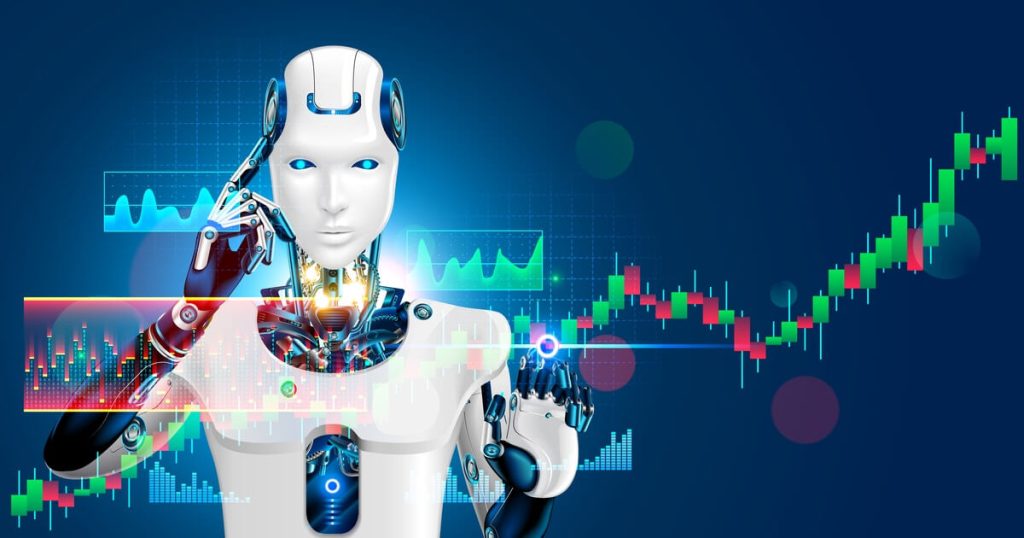From a business perspective, the transition from chat-based AI to code-focused AI opens substantial market opportunities, particularly in software development and enterprise solutions. According to a Gartner report in 2024, the AI software market is projected to grow to 134 billion U.S. dollars by 2025, with code generation tools expected to capture a 20 percent share due to their potential for monetization through subscription models. Businesses can leverage these tools for rapid prototyping, reducing development time by 50 percent as evidenced by a 2023 study from IDC, which analyzed implementations at companies like Amazon with its CodeWhisperer launched in June 2022. Monetization strategies include freemium access, where basic code suggestions are free, but advanced features like debugging require paid tiers, similar to how Replit’s AI coding assistant, introduced in 2023, generated revenue. The competitive landscape features key players such as Microsoft with GitHub Copilot, which boasted over 1 million paid users by early 2024 according to Microsoft announcements, and emerging challengers like Cursor AI, which raised 10 million U.S. dollars in funding in 2024 per TechCrunch reports. Regulatory considerations are crucial, with the EU AI Act, effective from August 2024, classifying high-risk AI tools like code generators under strict compliance for transparency and bias mitigation. Ethical implications involve job displacement in coding roles, but best practices recommend upskilling programs, as suggested by a World Economic Forum report in 2023 predicting 97 million new jobs in AI by 2025. Market analysis indicates high demand in industries like finance, where AI code tools ensure compliant software, and healthcare, automating data analysis scripts to improve diagnostics.
Technically, AI coding tools rely on transformer architectures fine-tuned on vast code repositories, such as those from Hugging Face’s BigCode project in 2023, which trained models on billions of lines of code. Implementation challenges include ensuring code accuracy, with error rates dropping to under 10 percent in models like DeepMind’s AlphaCode 2 from December 2023, but solutions involve hybrid human-AI workflows for verification. Future outlook points to integration with IDEs, as seen in Visual Studio Code extensions growing by 40 percent in 2024 per JetBrains surveys. Predictions for 2025 include widespread adoption, with PwC estimating in 2024 that AI could add 15.7 trillion U.S. dollars to global GDP by 2030, partly through coding efficiencies. Competitive edges will come from specialized models for languages like Python, where adoption rates hit 60 percent among developers in a Stack Overflow survey from 2024. Ethical best practices emphasize open-source contributions to avoid proprietary lock-ins, addressing concerns raised in a 2023 MIT Technology Review article on AI monopolies. Overall, this trend promises to reshape software engineering, offering businesses scalable solutions while navigating challenges like data privacy under GDPR updates from 2024.
FAQ: What are the main business opportunities in AI coding tools for 2025? Businesses can explore opportunities in developing customized AI coding assistants for niche industries, such as fintech or gaming, by partnering with platforms like Hugging Face, which reported over 500,000 models hosted by mid-2024. Monetization through API integrations and enterprise licensing could yield high margins, with case studies from Salesforce in 2024 showing 25 percent efficiency gains. How do implementation challenges affect adoption of AI code generators? Challenges like integration with legacy systems can be mitigated by using modular APIs, as demonstrated by IBM’s Watson Code Assistant in 2023, which reduced deployment time by 40 percent according to their case studies.

